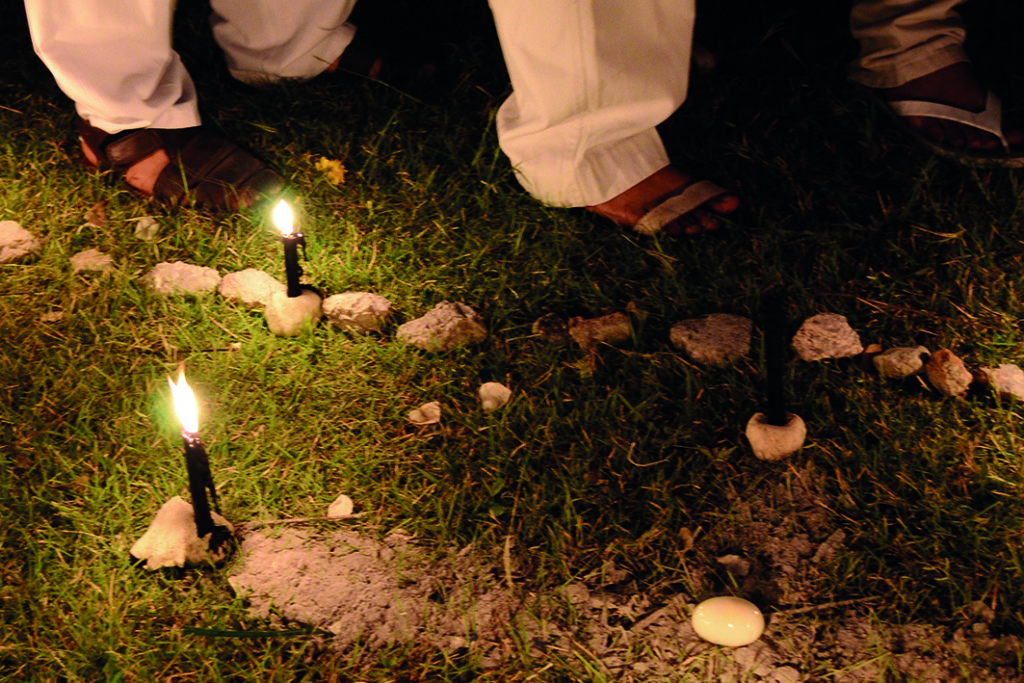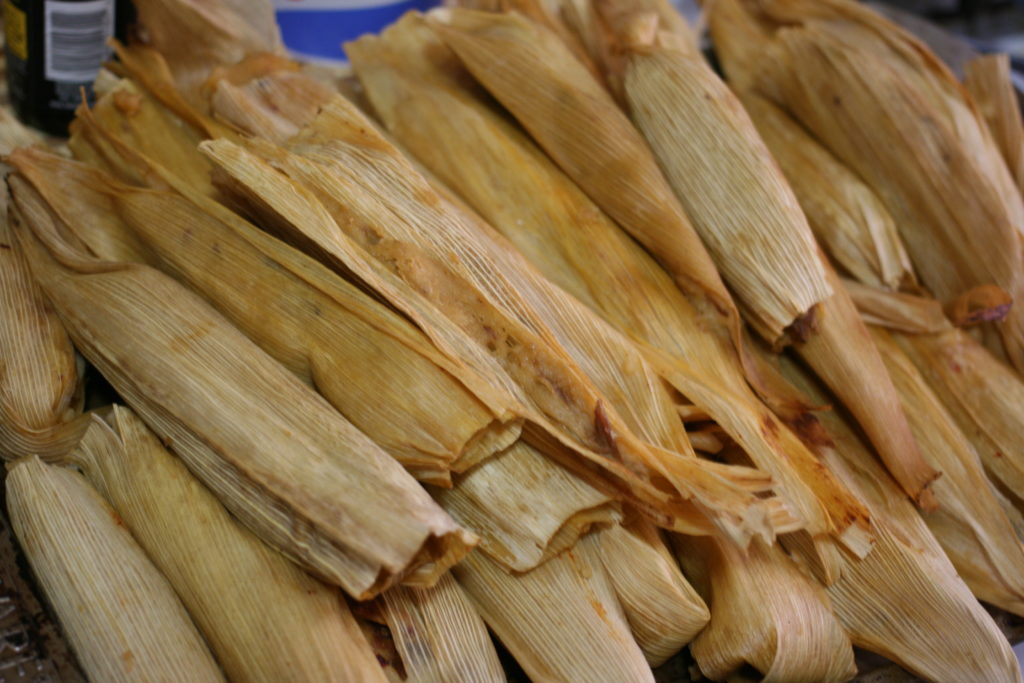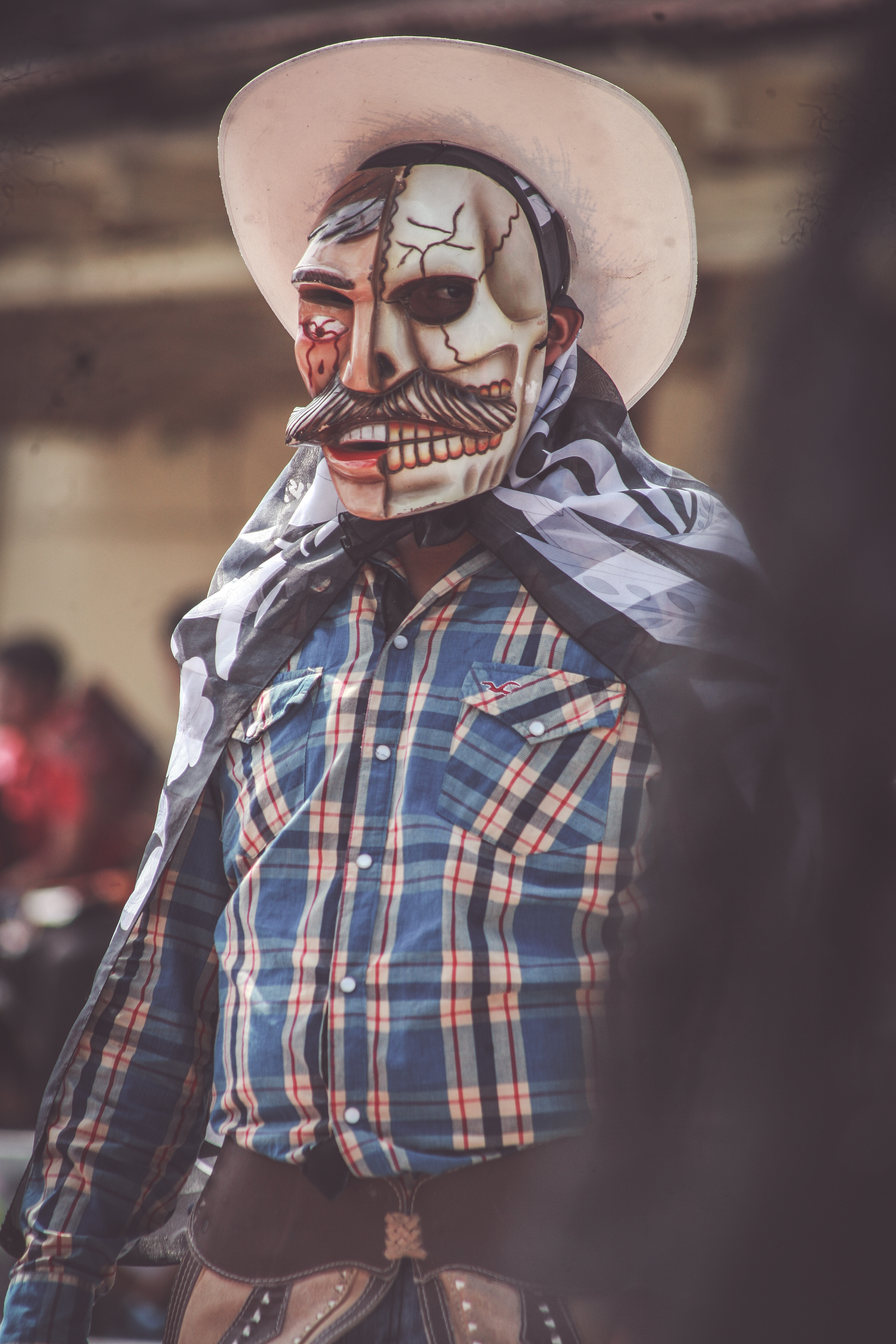Día de Muertos – the Day of the Dead – is well known all around the world as one of the most colorful and interesting Mexican festivities. However, not many know the deeper, truer version of it, the Xantolo.
Xantolo is a tradition passed on from the native cultures of Central Mexico to different cultures throughout the country. Sadly it only remains in some communities of the Huasteca region, including parts of Veracruz, Hidalgo, Tamaulipas and our own San Luis Potosí.
Growing up in Ciudad Valles – the main city in the Huasteca Potosina – I have been in contact with Huasteca traditions most of my life. I’ve been lucky enough to experience Xantolo for many years, learning more about its significance and deep spiritual meaning of this holiday, even returning each year, after moving to San Luis, to the small town of Tancanhuitz de Santos to be with my mother’s family for Xantolo.
It is only natural I feel such a strong connection with Xantolo. At my grandparent’s home, after celebrating my grandpa’s birthday on October 24th, the Xantolo preparations begin. A huge arc is built with rods and branches, then covered in palmilla leaves, with dark green hues, and embellished with yellow and purple cempasúchil and celosia flowers, known also as the flower of the dead. A path of yellow and orange cempasúchil petals covers the floor from just outside the house door right to the arch, as a signal for the dead to enter.

Under the arch a table is propped up and covered with a tablecloth. Different sugar figures in the shape of colorful skulls and crosses are placed around the table, as so are sweets and candy made in the nearby communities.
The portraits of your loved ones are placed in the center of the table; The departed’s favorite dishes, drinks and even cigarettes can’t be missing, after all, this is an altar for them to feast on. After placing everything under the arch, candles will be lit around the table and next to the cempasúchil-flower path: the light of the candles will be used for the spirits as a guide to the altar.
The Xantolo and Día de Muertos tradition is rooted in the belief that from nightfall on October 31st to November 2nd the spirits of those who have passed away return to the earth to visit their relatives. First, the souls of the children arrive; the next day the adults join them, and as you would do with any visiting relative, a festive ambiance is in order.
During this days, the Huasteca communities are filled with dancing to the rhythm of huapangos, with men dressed as women and women dressed as men, using wooden masks and funny costumes to ward off the evil spirits who, on these days, visit the earthly realm as well. These dances are known as comparsas, and are prepared long before the Xantolo with enthusiasm and excitement.
Copal, a vegetal resin used by the pre-hispanic cultures, is also burned in an incense-like manner on little mud and ceramic vases to ward off the bad vibes and evil spirits. Fireworks also abound, especially the typical triangle-shaped palomas and the mud jarritos.

What’s missing from this huge communal party? Food. Kilos and kilos of salty dough are slowly transformed into tamales, with picadillo, pork, chile and even chocolate and strawberry fillings. At my house, the ratio of tamales-people attending is easily missed… sometimes we have to eat tamales for a whole week just to finish the batch we made!
Atole, a drink made from sweet dough, accompanies the tamales, and since dessert can’t be missed, we order some pemoles – a type of sweet, dry cookie resembling a donut – and sweet empanadas from our neighbor next door, she is the best pemoles cook in town. All this culinary variety is made using only regional ingredients like honey, banana leaves and piloncillo, so the flavor compares to none.
Having the food ready and the arch and altar complete, is time to spend quality time together, remembering those who have passed away and even throwing a party for them, complete with live music, piñatas and zacahuil, a big, spicy tamale typical in the Huasteca region. Everyone is doing their best to welcome the souls of their relatives, which are returning to visit for only a few hours, not forgetting this is a celebration for them and keeping in check with the true purpose of the Xantolo and Día de Muertos.

As every fiesta and celebration, the Xantolo must also come to an end, so on November 2nd, Tancanhuitz offers an impressive view of almost every family in town walking down the main road to the cemetery, accompanying their deceased loved ones to their resting place with prayers and goodbyes.
Beautiful flower arrangements are brought to the graves and give the cemetery a contrasting look, with sadness reaching under your skin with memories of your loved ones, but with happiness because you just spent some hours with them, and next year, they’ll come visit again.
Xantolo is a powerful and traditional celebration unique to the Huasteca region. Joining into this holiday will be an entirely new experience you will not regret, so, if you can, come join us for this year’s celebrations.
Article written by:
Alda María Urbina
Business Bachelor Student
Instagram: @aldaurbina






